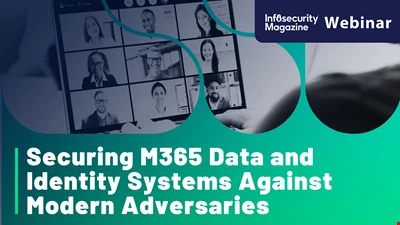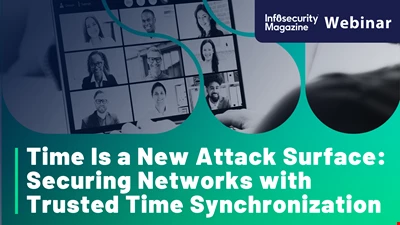Infosecurity News

Criminal Subscription Service Behind AI-Powered Cyber-Attacks Taken Out By Microsoft
RedVDS cyber-crime-as-a-service platform powering phishing, BEC attacks and other fraud has cost victims millions

Hackers Use Fake PayPal Notices to Steal Credentials, Deploy RMMs
Phishing attacks have been identified using fake PayPal alerts to exploit remote monitoring and management tools

DeadLock Ransomware Uses Polygon Smart Contracts For Proxy Rotation
A new DeadLock ransomware operation uses Polygon blockchain smart contracts to manage proxy server addresses

G7 Sets 2034 Deadline for Finance to Adopt Quantum-Safe Systems
The financial sector should finalize its post-quantum cryptography transition circa 2034, G7 cyber experts said

Microsoft Fixes Three Zero-Days on Busy Patch Tuesday
Microsoft has patched three zero-day vulnerabilities in the first patch Tuesday of 2026, including one under active exploitation

Impersonation Fraud Drives Record $17bn in Crypto Losses
Chainalysis estimates $17bn will be lost to crypto scams in 2025 as AI takes hold

CISA Flags Actively Exploited Gogs Vulnerability With No Patch
A high-severity security flaw in the Gogs Git service is being actively exploited, leading to remote code execution

SHADOW#REACTOR Campaign Uses Text-Only Staging to Deploy Remcos RAT
SHADOW#REACTOR is a multi-stage Windows malware campaign that stealthily deploys the Remcos RAT using complex infection techniques

Phishing Scams Exploit Browser-in-the-Browser Attacks to Steal Facebook Passwords
Cybersecurity researchers issue warning over a surge in attacks designed to trick Facebook users into handing over login credentials

New Chinese-Made Malware Framework Targets Linux-Based Cloud Environments
Detected by Check Point researchers, VoidLink is a sophisticated malware framework that can be used to implant malware in the most common cloud environments

Parliament Asks Security Pros to Shape Cyber Security and Resilience Bill
Lawmakers want the security industry to help them scrutinize the Cyber Security and Resilience Bill

Global Magecart Campaign Targets Six Card Networks
Silent Push has discovered a new Magecart campaign targeting six major payment network providers that has been running since 2022

Palo Alto Networks Introduces New Vibe Coding Security Governance Framework
Researchers at Palo Alto’s Unit 42 have outlined a list of recommended security controls for vibe coding tools

CISA Closes Ten Emergency Directives After Federal Cyber Reviews
US agency CISA has retired ten Emergency Directives issued between 2019 and 2024, marking a new step in managing federal cyber-risk

California Shuts Down Health Data Resales By Unregistered Brokers
California privacy regulator, the CPPA, is cracking down on data brokers trading personal data without authorization

World Economic Forum: Cyber-fraud overtakes ransomware as business leaders' top cyber-security concern
“Pervasive” threat of phishing, invoice scams and other cyber-enabled fraud is at “record highs”, warns WEF Cybersecurity Outlook 2026

Illicit Crypto Activity Hits Record $158bn in 2025
TRM Labs says illegal crypto flows into digital wallets increased to $158bn in 2025

BreachForums Database Leak Turns the Tables on Threat Actors
A database featuring 300,000+ users of notorious hacking forum BreachForums has been leaked online

Europol Leads Global Crackdown on Black Axe Cybercrime Gang, 34 Arrested
Europol-backed operation targets group behind numerous BEC attacks and romance scams

World Economic Forum: Deepfake Face-Swapping Tools Are Creating Critical Security Risks
Researchers at the World Economic Forum have shown that threat actors can use commercial deepfake tools to bypass corporate security protections



